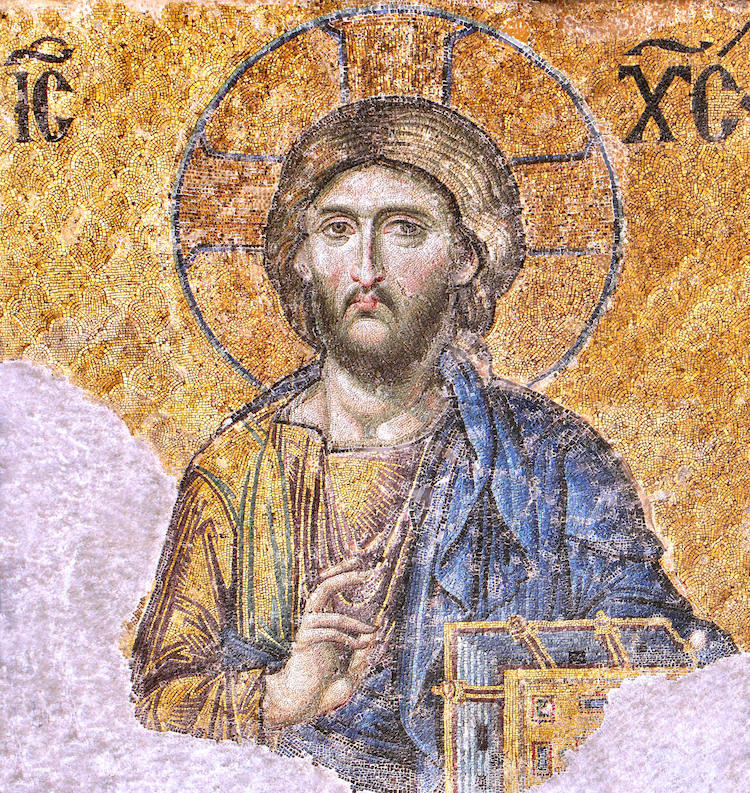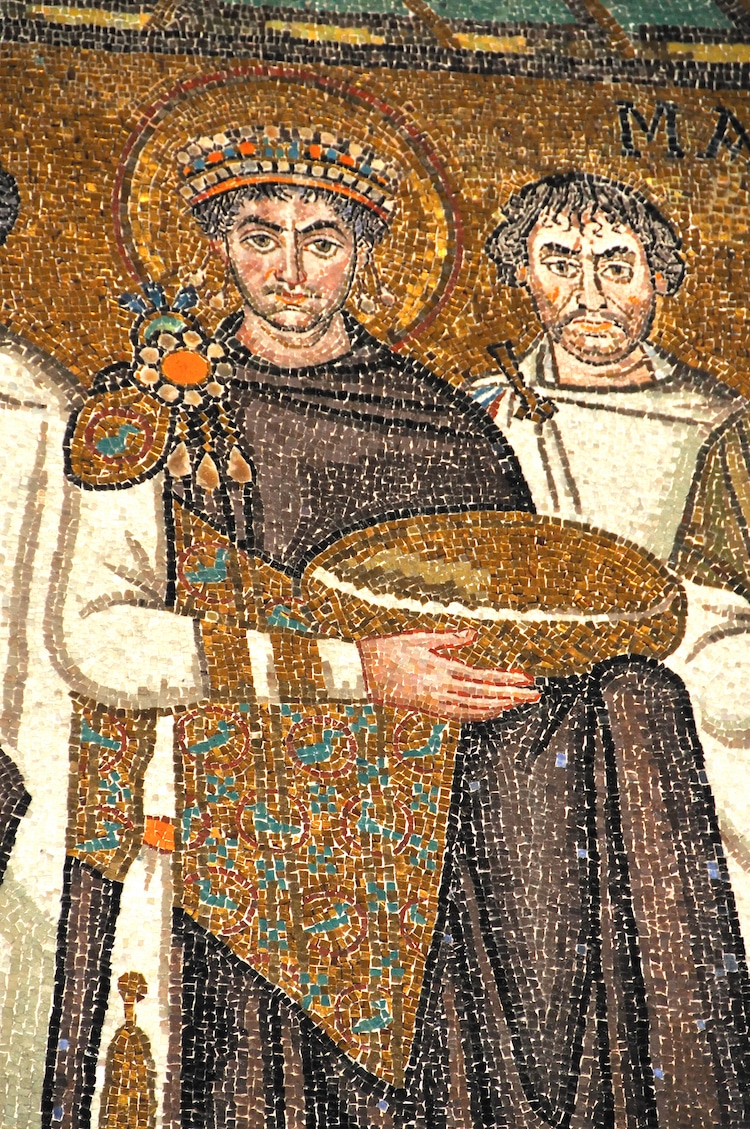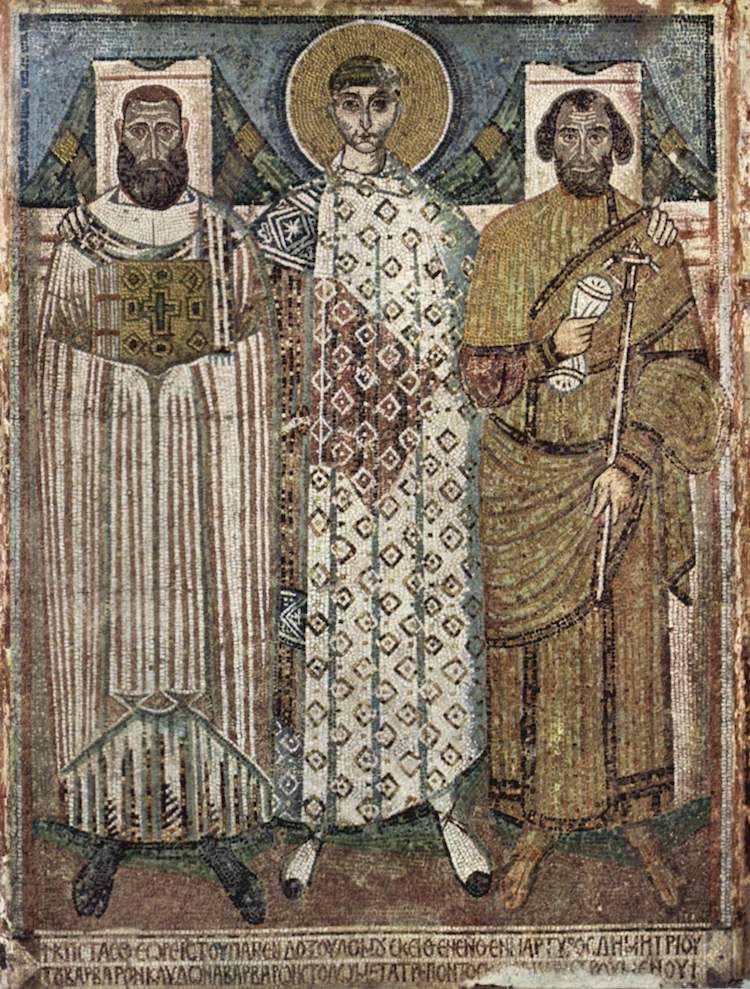
Byzantine mosaic in Ravenna, Italy (Photo: Stock Photos from Inguaribile VIaggiatore/Shutterstock)
Although not as famous as the Italian or Northern Renaissance, Byzantine art was a significant period in the history of Western art. Known for its extravagant mosaics and dazzling use of gold, this style is deeply intertwined with the rise of Christianity in Europe, with many murals still decorating churches throughout the Mediterranean.
Byzantine art emerged after emperor Constantine I (c. 272 – 337 C.E.) declared tolerance for Christianity in the ancient Roman empire in 313 C.E. In 330, he moved the capital from Rome to Byzantium, which was renamed Constantinople (mordern-day Istanbul) in his honor. Roman artisans were then relocated to the city to decorate the Christian churches in a variation of the ancient Roman mosaic tradition. The style flourished for hundreds of years, spreading throughout modern-day Turkey, Italy, and Spain. Byzantine art continued into the 15th century until Constantinople fell to the Ottoman empire in 1453.
This glittering medieval art style had lasting effects on the history of Western art, inspiring artists even hundreds of years later, like the painter El Greco. Tourists can still view some of its most famous mosaics in the Hagia Sophia and in parts of Italy.
Here, we identify some of the key characteristics of Byzantine art.
Learn about the key characteristics of Byzantine art
Religious iconography

Byzantine mosaic of Christ Pantocrator in the Hagia Sophia, Istanbul, Turkey (Photo: Dianelos Georgoudis via Wikimedia Commons [CC BY-SA 3.0])
Mosaics

Byzantine mosaic of emperor Justinian in Ravenna, Italy (Photo: Stock Photos from mountainpix/Shutterstock)
Like the Romans, Byzantine artists made elaborate mosaics using thousands of tesserae—small pieces of glass, stone, ceramic, and other materials. However, the Byzantines expanded on the art form by incorporating more opulent materials in their designs, like gold leaf and precious stones.
Stylized imagery

Byzantine mosaic from the church of Hagios Demetrios in Thessaloniki, circa late 7th or early 8th century (Photo: Wikimedia Commons [Public Domain])
Related Articles:
10 Essential Art History Books for Beginners
9 of Art History’s Most Horrifying Masterpieces
Fall in Love with 5 of Art History’s Most Romantic Masterpieces






















































































